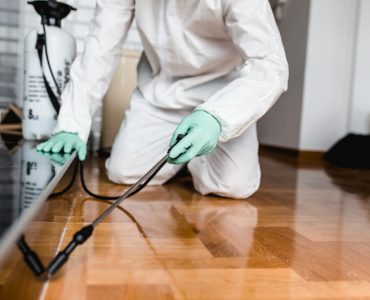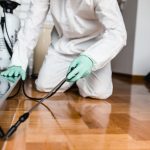Rats and mice are the main carriers of diseases such as plague, Leptospirosis, and Salmomellosos. Rodents can be controlled through various ways, including trapping, habitat modification, food and water removal, exclusion, eliminating shelter, and poisoning.
Rodent proofing, or changing a building’s structure to incorporate rodent-resistant materials such as sheet metal, will prevent rats and mice from entering. Doors and windows edges, toilets, and roof and eave vents are places that need to be made rodent proof. It is necessary to block all rodents’ entry points.
Sanitation or good housekeeping is also a factor in controlling rodents. Eliminating hoarding, food, and water for rodents can decrease their numbers.
Good sanitation practises involve proper garbage and food storage, removal of piles of trash, and drying up water sources. To be effective, sanitation must be done regularly.
Trapping can be done to abruptly reduce rodent numbers and to prevent them from dying within walls and other inaccessible areas. Rodents live either on garbage or spoiled food. Effective baits such as a snap trap, whole nuts, peanuts, bacon squares, and oatmeal can eliminate rats and mice efficiently. Set traps behind furniture, along walls, or near holes. Rodents are cautious but curious. Therefore, traps should be placed where the rats are for few days to overcome their shyness.
Owls, non-toxic snakes, and hawks are very helpful in rat and mice control. Rodenticides are also used for controlling rodents. These are poisonous chemicals intended to kill rats and mice. When using this type of pest control, safety is very important. Place poisonous baits in places that are inaccessible to pets and children.













